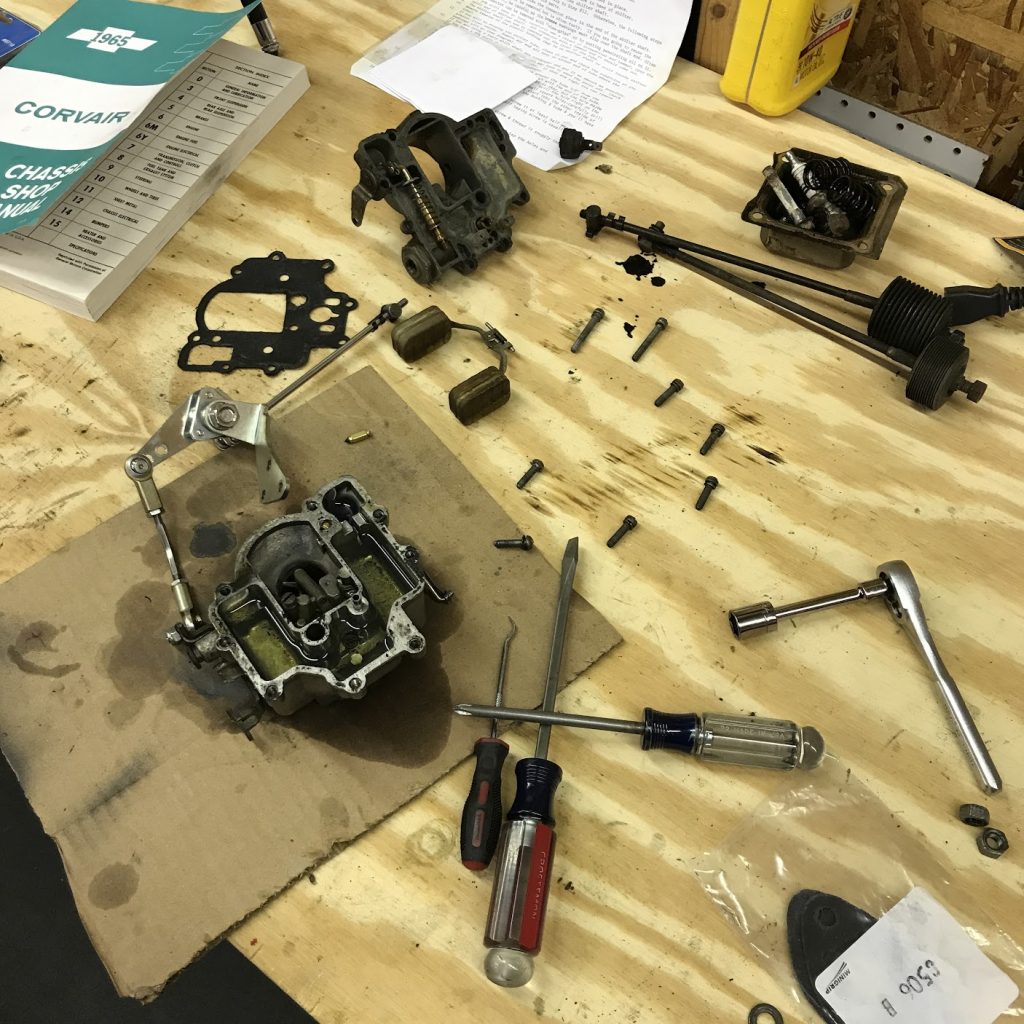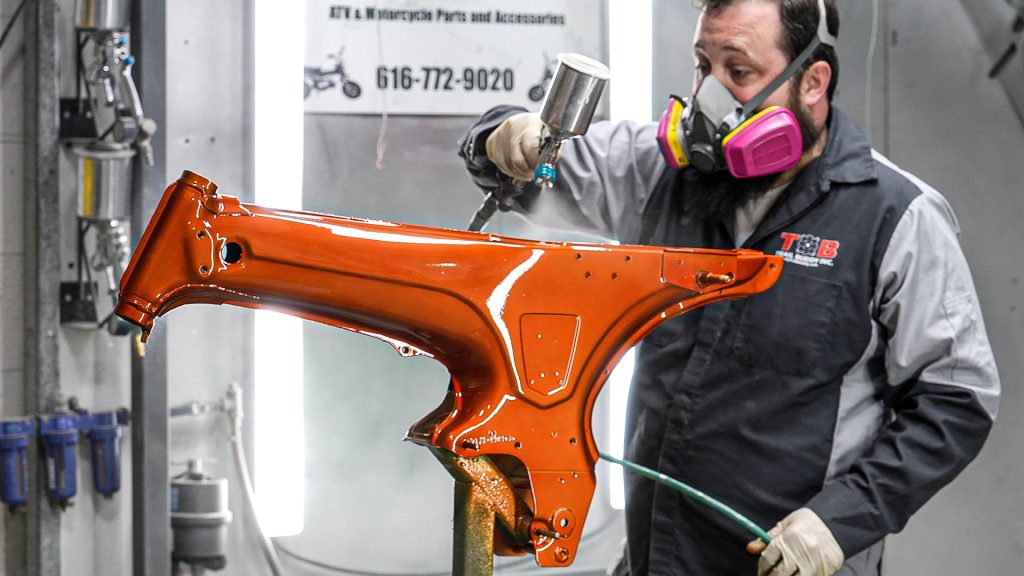A restoration in and of itself is complicated. Taking an object that is in less than desirable condition and returning it to its original condition – or as close to it as possible – requires tons of skill and understanding for simple objects.
The restoration of a nice hardwood dining table could take weeks to do properly and that is a dozen pieces of wood. Scale that up to a car with thousands of precision parts that all have to interact flawlessly and, yeah, restorations are complicated.

Even if you elect to pay a pro there are steps in a restoration that just cause us to grimace at the thought of the task. Could boil down to the cost, time, or complexity of what needs to happen, or it could just be that for reasons unknown you just don’t want to. No matter, here are six of the most complicated restoration steps.
Carburettor rebuilding and tuning

It’s oddly polarising to say this one, but the fact of the matter is proper care and feeding of carburettors takes an understanding of how they work.
Take a minute to talk to a person who doesn’t like carbs and it usually boils down to how finicky the small passages are to keep clean and understanding how one seemingly small change affects the rest of the system. It nearly requires a degree in physics and chemistry to fully grasp just how precision-cut chunks of metal can accurately meter the amount of fuel going into the engine across a range of conditions. In short, it’s complicated.
Cylinder head assembly
The pieces are bigger than carburettors, but assembling a cylinder head requires the same attention to detail and even more specialty tools. Assembling a head that lasts requires setting proper spring pressures and sealing, which involves careful machining, parts selection, and also tidy and careful assembly. Yes, it is possible to just slap one together but could and should are two different things.
Engine machine work
We actually talked about this topic recently with a video from Jim’s Machine Shop, Inc on the process to complete just two of the machining steps required to bring a five-decade-old Jaguar engine block back to health. It is literally tons of tools that possess the power to save an engine and also could mangle the operator or workpiece in horrific ways if anything but a skilled craftsperson is at the controls. The precision required is humbling and the consequences of getting it wrong are significant.
Differential gear setup
Similar to the cylinder heads, differentials are something that most home mechanics don’t do often and that leads to it being a bit of a struggle when you do need the skill. Getting the gear spacing set perfectly on most differentials requires an understanding of precise shimming and the proper reading of the pattern in the paint that shows how the gears are aligned and meshing.
Davin makes it look a little easy in this video and it still takes him a whole hour to have everything sorted out, prepped, and ready to work. It’s almost never that easy in the real world and, on top of it, gear oil is likely the most foul-smelling substance you’ll encounter when working on a car.
Paint application

Mixing ratios, application techniques, and expensive specific-use equipment all conspire to make painting cars difficult, and that is before you even talk about space or safety. The chemicals used in a paint job are a serious health concern and have to be correctly disposed of.
Even if you have all that knowledge and equipment there is still the process of preparing the object to be painted. Knowing which primer to use when, what the surface finish should be, how long to wait between coats, and how to get a truly flat surface that will have the desired finished look is hardly simple.
Automatic transmission rebuilding
In the hierarchy of things understood by most enthusiasts, the internals of an automatic transmission are witchcraft to many. Valve bodies with precise-size check balls and springs that need to be in the perfect place make carburettors appear to be a Year 7 project if you are doing anything but disassembling and reassembling by the book. Even then it is easy to get confused or lost in the cryptic valve body that has a hundred passageways and none of them are clear and easy to see. Impossible? Maybe not. Complicated? Most definitely.
This article was originally published on Hagerty US.
Read more
How to repair a stripped thread using a HeliCoil
6 essentials for your travel toolkit
Edd China: Five classic car checks that could transform the way it drives








